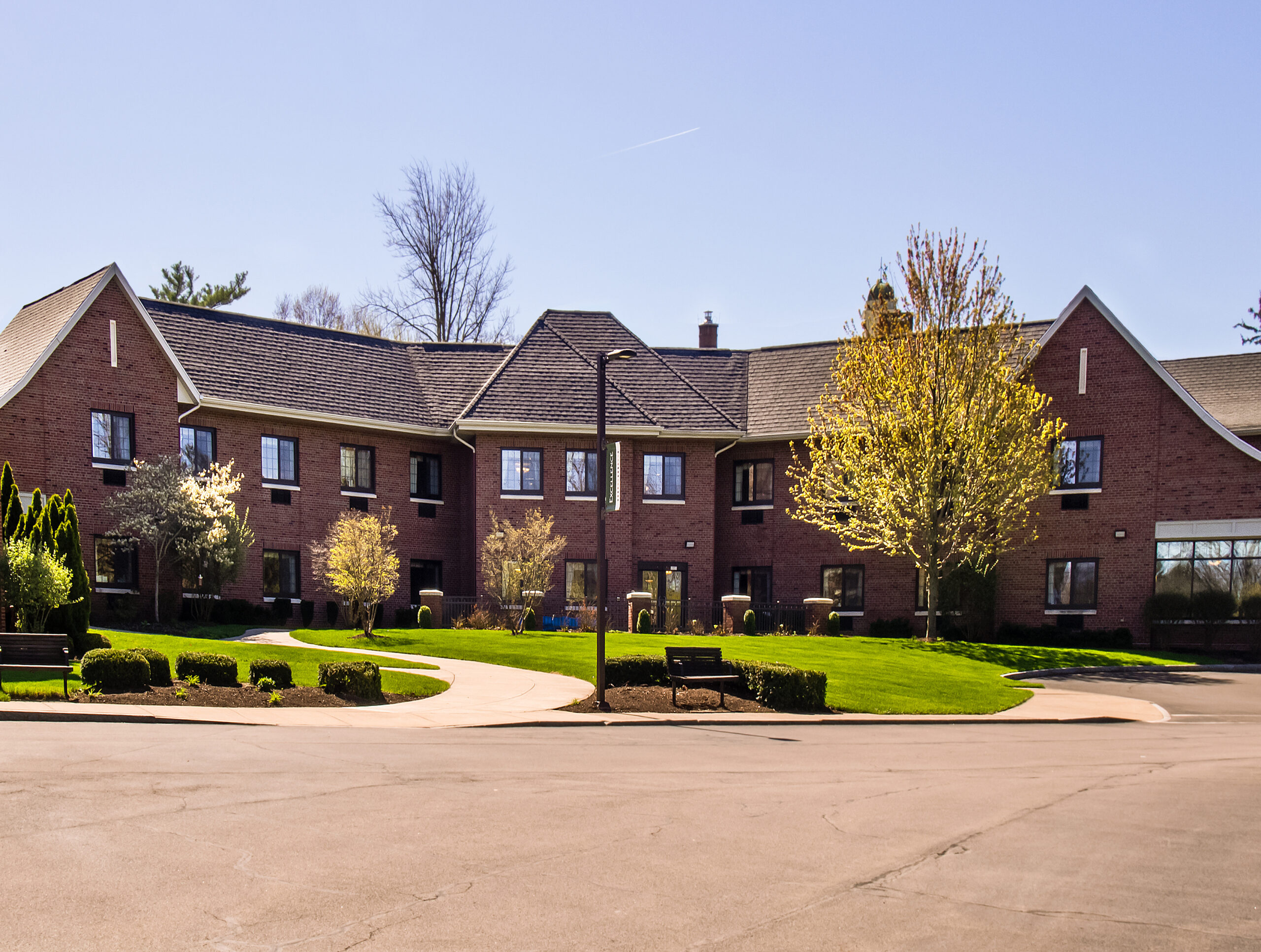The new, smart way of improving resident comfort whilst saving energy in a care home?

High energy bills, stale air, smells and unhappy people – time to put things right and reduce energy in a care home!
Imagine the scenario if you will. A care home operates a centralised heating system such as a gas boiler or heat pump. Rooms are heated with a series of radiators/emitters which take up valuable wall space and can cause obstruction. These radiators dry the air out and circulate dust across the building, spreading smells, virus and other nasties.
Then the boiler/heat pump breaks down, wreaking havoc across the home and activating the deployment of electric panel heaters. Now we have obstruction, dust, dry air AND high energy bills!
Dry air and smells cause residents and care staff to open windows across the care home, further spreading the nasties from room-to-room, creating cross drafts and throwing around 30% of the valuable warmth out of the window.
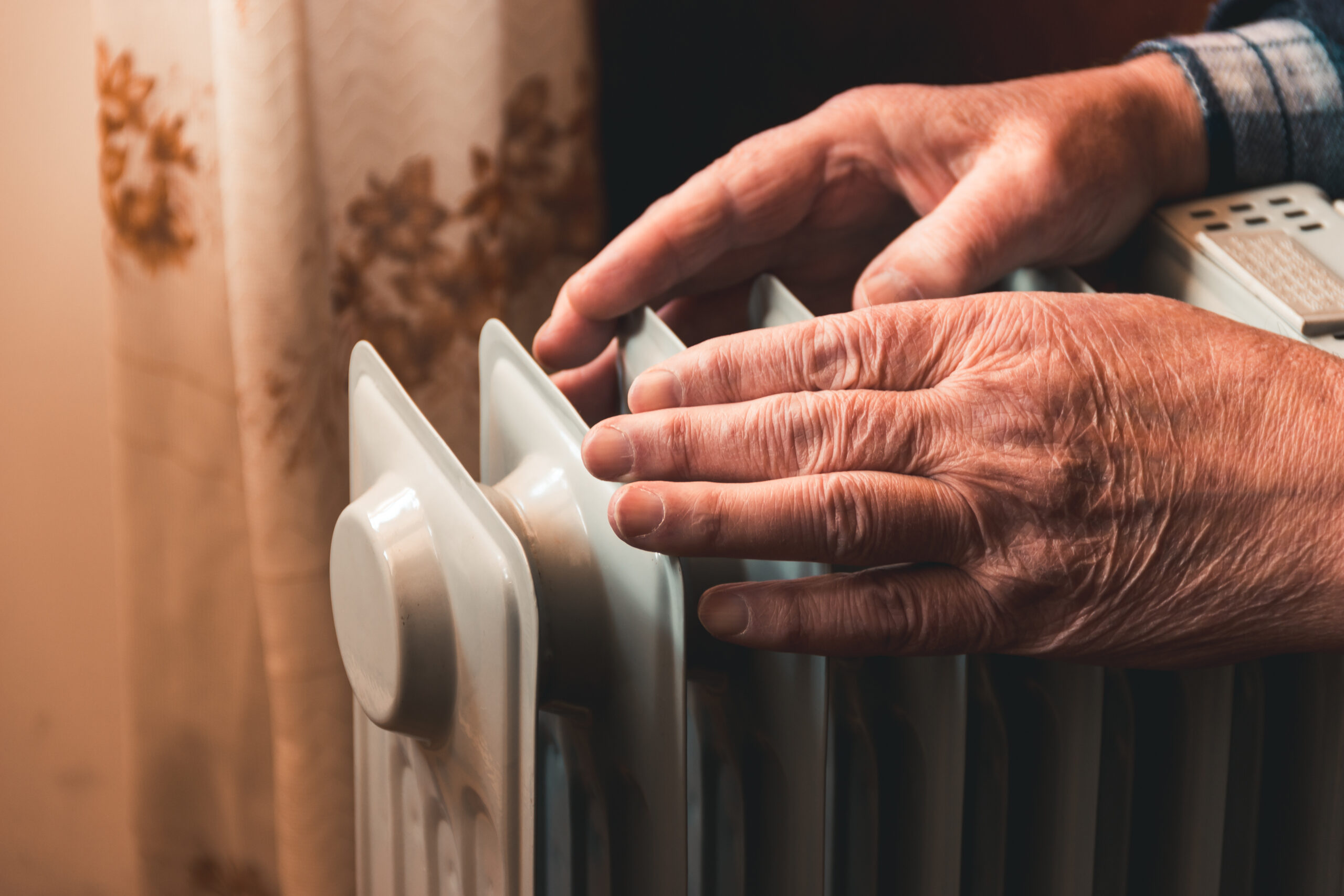
This foul air seeps into the building fabric. It slows everyone down and becomes quite a nasty place to live in, work in or to visit as a relative. Visits from outside become challenging as relatives can’t bear the thought of sitting around in these conditions – the smell and heat hitting them as they enter through the front door.
Prospective clients visiting the home pick up on the heat, the drafts, the smell and the general lethargy of everyone struggling to carry out daily routines and think twice about placing their loved ones into the home.
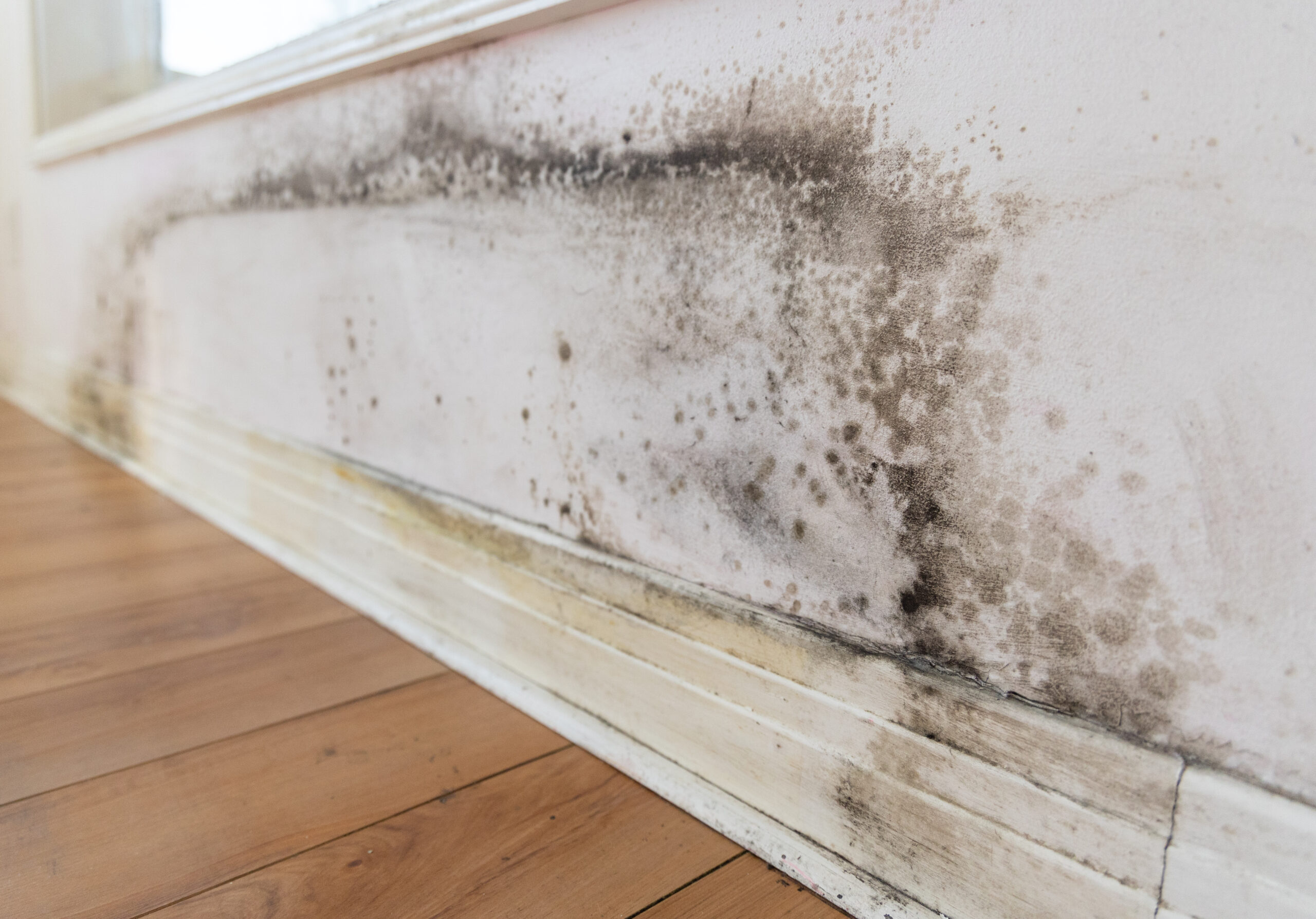
De-risking the building, improving resident care and saving energy – the future is now
Okay, so this is a pretty desperate picture and, of course, not all homes are like this. However, these situations are reflected to some degree in most care homes – new or old. In fact, the author has an elderly mother in a 2 year old home with a heat pump and this very much reflects this position. Sitting with his Mother is challenging at the best of times (dementia) but the smell and dry air has scared off all other family members.
Now picture this.
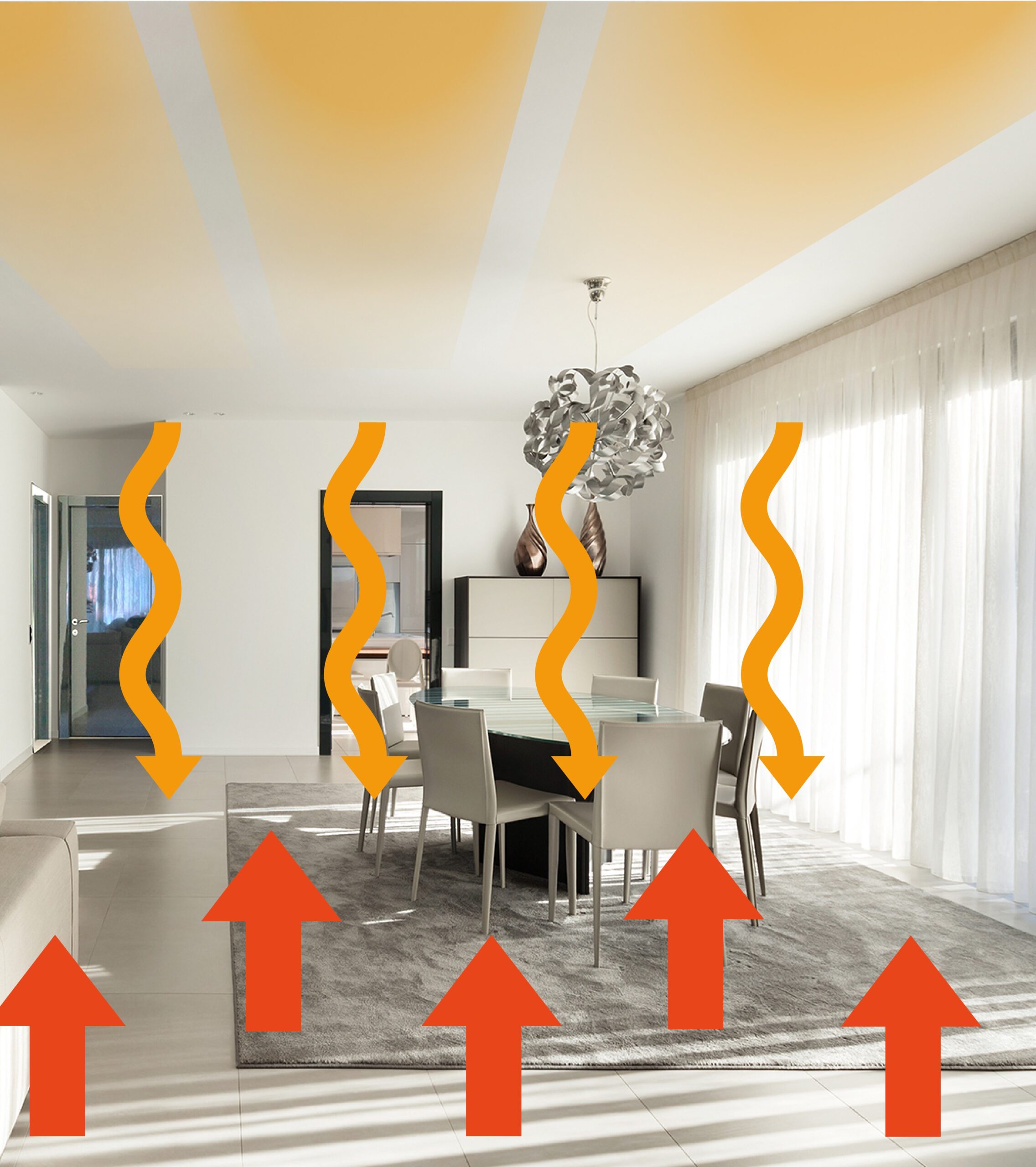
A low energy, 36v, heating system embedded into the ceiling and emitting healthy far infrared light waves throughout the residents room – warming the floors, walls and surfaces as gently as the sunshine on a beautiful Spring day. There’s no heat convection and so no dust. Great for those with breathing difficulties. There’s no large, ugly emitter (radiator) on the wall and so a nice piece of personal furniture takes its place.
Fitted into the wall of this room is a de-centralised ventilation system that provides constant fresh air whilst recovering 99% of the heat and using less than 1watt of electricity. It senses when CO2, moisture or air impurity levels are high and automatically purges the room – see our explainer video here.
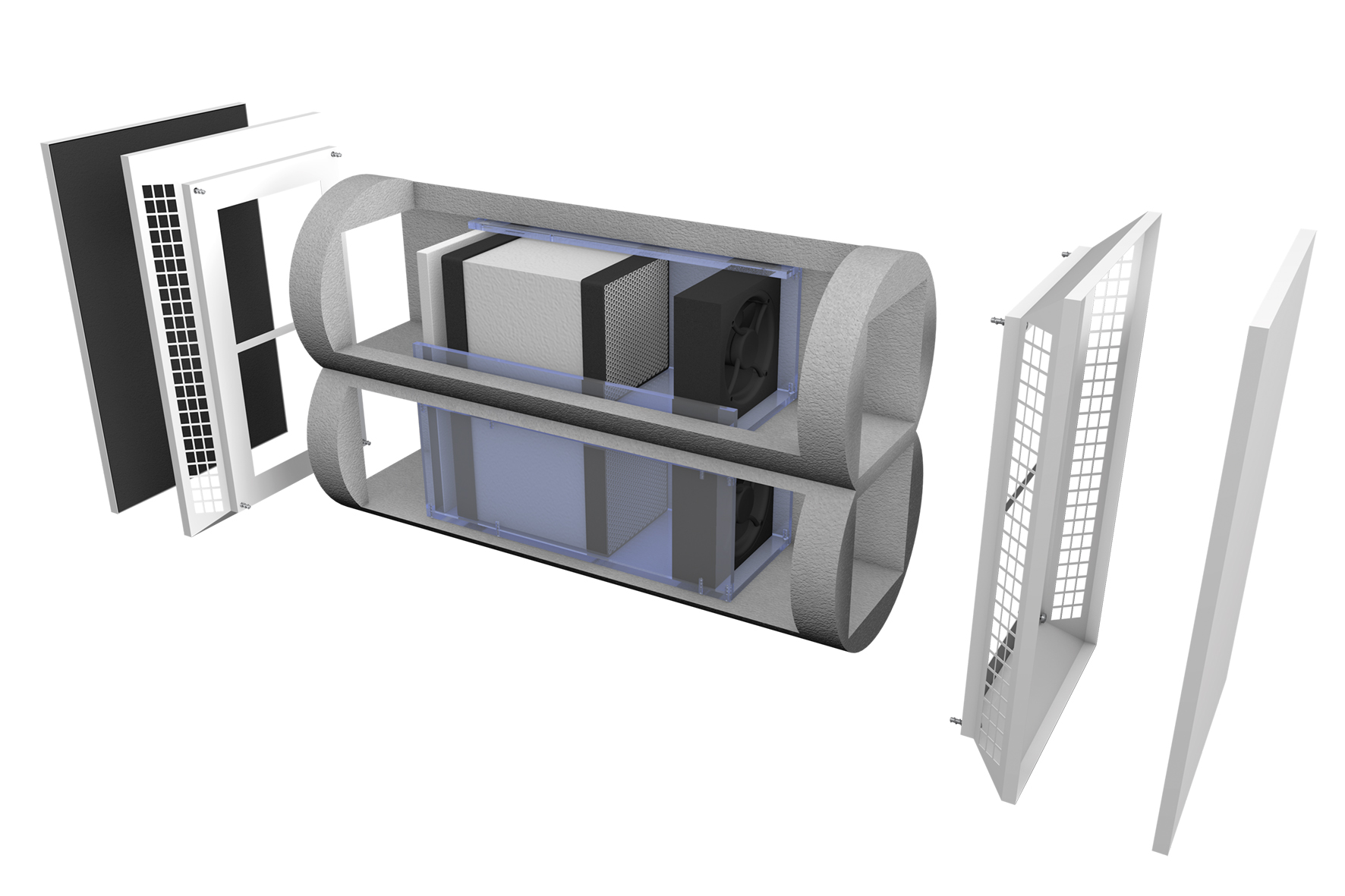
Both systems operate independently from all other rooms and so can be programmed to the residents personal requirements. There is no cross contamination of virus and dust and each room can be operated and monitored for the ideal climate whilst helping reduce energy in a care home.
As the heating system is fast reacting, common areas may be zone controlled and drop back to a lower temperature when not in use, further saving energy.
What about installation and maintenance?
Both systems can be installed within a day to an average sized room and can form part of a decor upgrade. No more Engineer call outs in this home – the heating has no moving parts and requires no servicing for the life of the system – that’s in excess of 50 years. The ventilation system can be serviced by the cleaning crew as simply as changing a filter on a vacuum cleaner.
So – less money spent on heating, less virus spread, happier staff and residents, more visits from relatives and more bookings from prospective customers.
That’s a win all round.

For further information and to see the systems in operation – pop over to stand F74 at the Care Show, London Excel 24th and 25th April or to see the Author talk about this in more detail then click HERE

